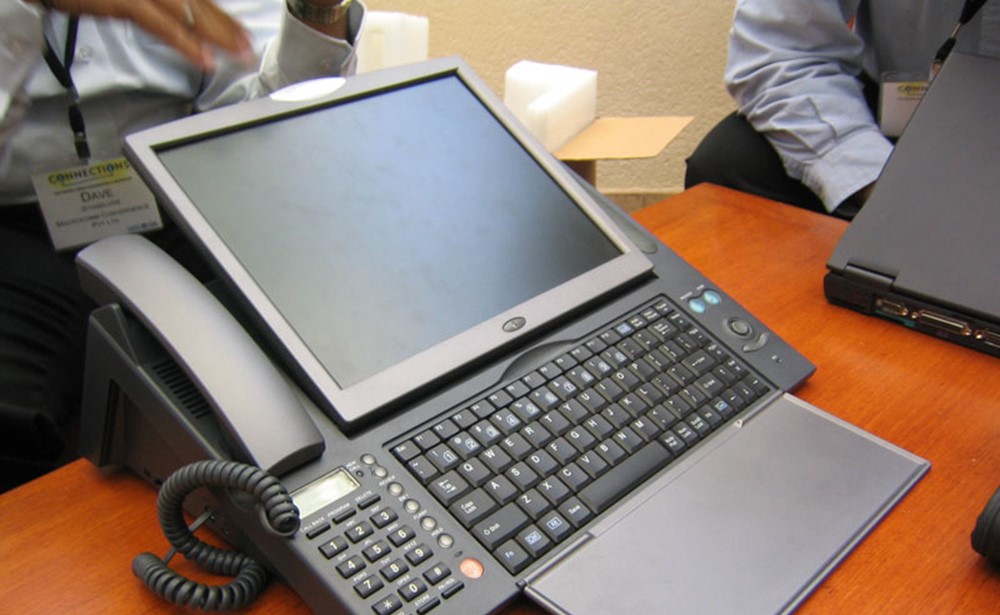Japan’s Intergenerational Battle
August 7, 2012 in Daily Bulletin

Japan has had two lost decades – years where the country’s economic growth has failed to impress – and continues to deal with a weak economy. Martin Fackler looked at one reason why:
- The value of the yen compared to other currencies is extremely high. And the government is doing little to reduce its value.
- A high yen is good for Japan’s retirees – who make up almost a third of the population – since it allows them to buy cheap imports from abroad.
- It’s bad for the young. Local businesses are unable to sell products to other markets, because the high value of the currency makes their products more expensive.
- This inter-generational inequality is not widely known or understood in Japan.
- Since the elderly make up such a large proportion of Japan’s population, and because they come out to vote in large numbers, it is difficult to propose policy measures that would bring down the value of the Yen.
- In the long run though as Japan’s domestic industry continues to wither even the elderly will suffer.
To read more including why the Bank of Japan isn’t acting, how other countries have responded to the same issue, some of the strategies that Japan could pursue, what this means for Japan’s future, the actions that the government has taken, an initiative by the Democratic Party to solve the problem, what experts have to say, and what the elderly have to say, click here.
Source: Financial Chronicle
Via: Marginal Revolution









Join the Discussion! (No Signup Required)